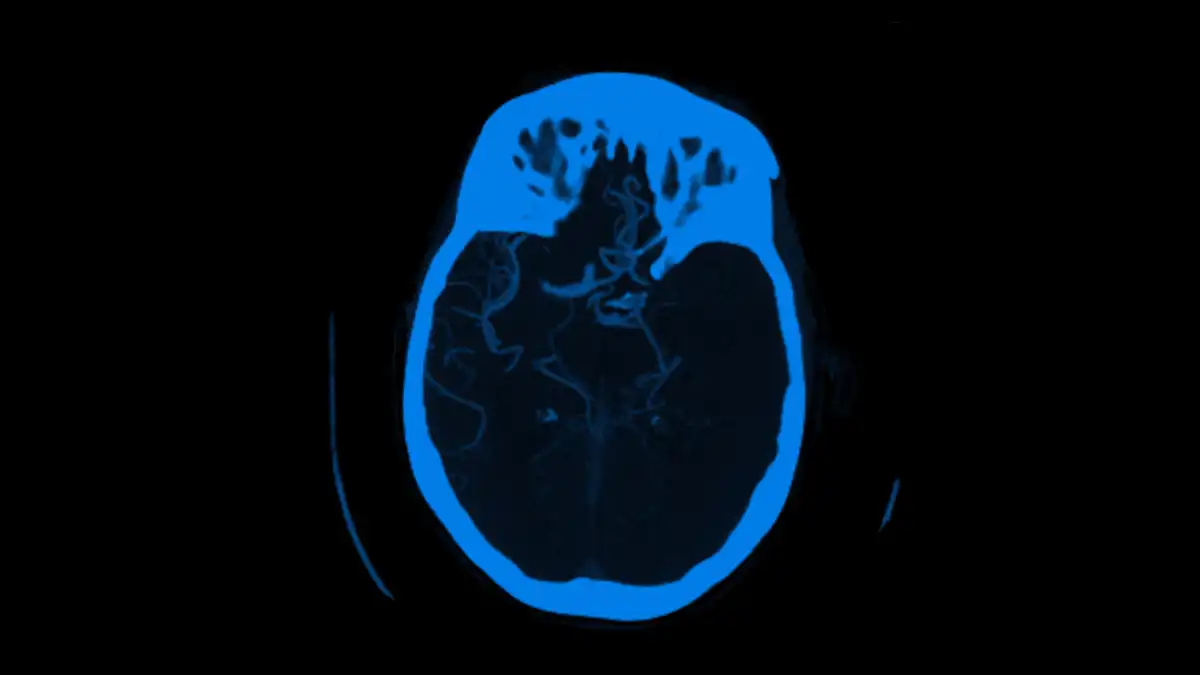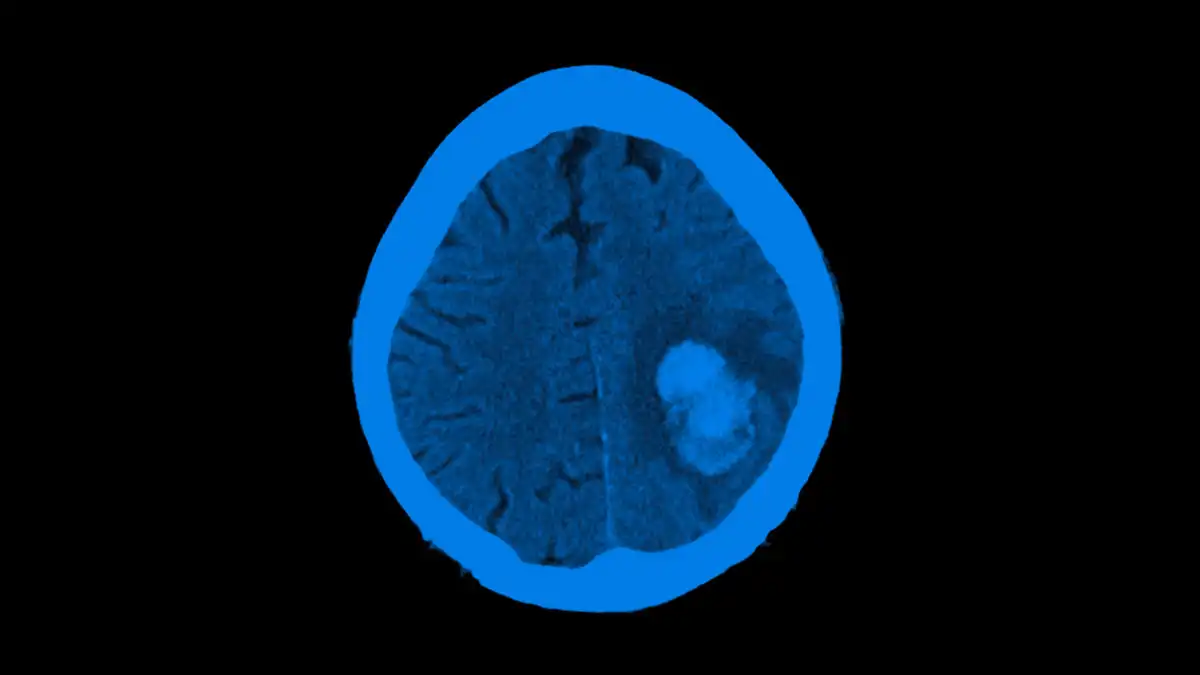Background
Treatment of acute ischemic stroke with large‐vessel occlusion in the late windows expanded dramatically with the positive results of the DAWN (DWI or CTP Assessment with Clinical Mismatch in the Triage of Wake‐Up and Late Presenting Strokes Undergoing Neurointervention With Trevo)1 and DEFUSE 3 (Endovascular Therapy Following Imaging Evaluation for Ischemic Stroke)2 trials. Both trials required automated perfusion software to estimate the “core” infarct but differed in the manner in which they estimated “at risk” or penumbral volume, with DAWN relying on clinical criteria and DEFUSE 3 using imaging criteria. Differences in the predicted volumes of core or penumbra can have clinical consequences on an individual patient level, for both triage and treatment decisions. Our institution had the unique opportunity to use 2 of the industry‐leading automated perfusion software, RAPID (iSchemaView, Inc.) and Viz (Viz.ai, Inc) computed tomography perfusion (CTP), during a brief period. We sought to compare whether differences in predicted volumes between the 2 software systems would have changed eligibility for endovascular treatment (EVT) by DAWN or DEFUSE 3 criteria.
Methods
Patients presenting or transferred to the University of Cincinnati Medical Center between April 23, 2019, and July 22, 2019, with acute ischemic stroke secondary to large‐vessel occlusions within the anterior circulation in the extended time window (6–24 hours) who underwent CTP imaging were prospectively tracked. The CTP images were analyzed by both RAPID and Viz CTP. CTP findings, clinical course, age, and initial National Institutes of Health Stroke Scale were retrospectively reviewed. Patients were excluded if they had nondiagnostic scans, did not have both Viz CTP and RAPID data, or did not have anterior circulation strokes. Retrospective chart review was performed under an institutional review board–approved retrospective review process.
Each case was reviewed by an experienced stroke specialist to determine whether the patient met DAWN and/or DEFUSE criteria for extended window thrombectomy. The prespecified primary outcome was EVT eligibility using DAWN or DEFUSE criteria. Secondary outcomes were penumbra (time‐to‐maximum [Tmax] >6 seconds) and core (cerebral blood flow <30%) volumes. McNemar test and κ coefficients were used to assess the agreement in the primary outcome, and intraclass correlation coefficients were used to evaluate the agreement between the 2 software systems for secondary outcomes. We calculated that a sample size of 39 patients would achieve 80% power to detect discordance of 21% for EVT eligibility.
Results
A total of 54 patients underwent CTP scanning during the study period, of which 8 were excluded from the analysis (3 with nondiagnostic studies, 3 without perfusion deficit, 2 with posterior circulation stroke). The median age was 69 years (interquartile range, 62–80 years) and median National Institutes of Health Stroke Scale was 18 (interquartile range, 10–22) among the cohort. Individual patient data with core and penumbra volumes for both software systems are provided in Supplemental Table S1.
Of 46 patients, the Viz CTP and RAPID software provided discordant EVT eligibility in 5 cases (4 by DEFUSE criteria and 1 by DAWN criteria). Among the 4 cases ineligible according to DEFUSE criteria, 2 were ineligible using Viz CTP and 2 were ineligible using RAPID. See Table 1 for full eligibility assessment. By DAWN criteria, agreement was almost perfect between the software packages (κ statistic, 0.96; [95% CI, 0.87–1.00] [P<0.0001]) and no evidence of a significant discordance (McNemar, P=0.32). By DEFUSE 3 criteria, the 2 software systems demonstrated excellent agreement (κ statistic, 0.82; [95% CI, 0.65–0.99] [P<0.0001]) and again no significant difference (McNemar test, P=1.00). Agreement was also excellent specifically for Tmax >6 seconds (intraclass correlation coefficient, 0.93; [95% CI, 0.90–0.96] [P<0.0001]) and cerebral blood flow <30% (intraclass correlation coefficient, 0.96; [95% CI, 0.93–0.97] [P<0.0001]).
Conclusions
For patients presenting to our single center in the extended time window, we observed no difference in the final decision to proceed with EVT using either software when both DEFUSE and DAWN criteria were considered. If using only 1 trial’s criteria, 10.6% of patients would have had differing eligibility for EVT depending on the package used, although this difference did not demonstrate statistical significance.
Prior studies comparing the accuracy of software packages have correlated the CTP predictions to the final infarct volume seen on magnetic resonance imaging. Others have reported RAPID to be accurate in predicting ischemic core compared with Philips or Siemens packages.3 Published data comparing RAPID and Viz CTP have been limited, but no safety or efficacy concerns were raised during the FDA approval process for Viz CTP (during which, RAPID was the predicate device).4 One study (abstract only) reported no significant difference between the 2 software systems’ volume predictions, but did not address their clinical impact,5 as was our focus. It is important to note, however, that our analysis cannot address the accuracy or superiority of either software. Our unique experience using both software systems concurrently instead focuses on the patient‐level impact.
Our study has important limitations including a small sample size limiting power because of the brief period of dual clinical utilization of the software and single‐center data. However, our results provide evidence that the clinical impact of using either software system, Viz.ai or RAPID, on thrombectomy eligibility may be minimal, and further study is needed to confirm these findings.


